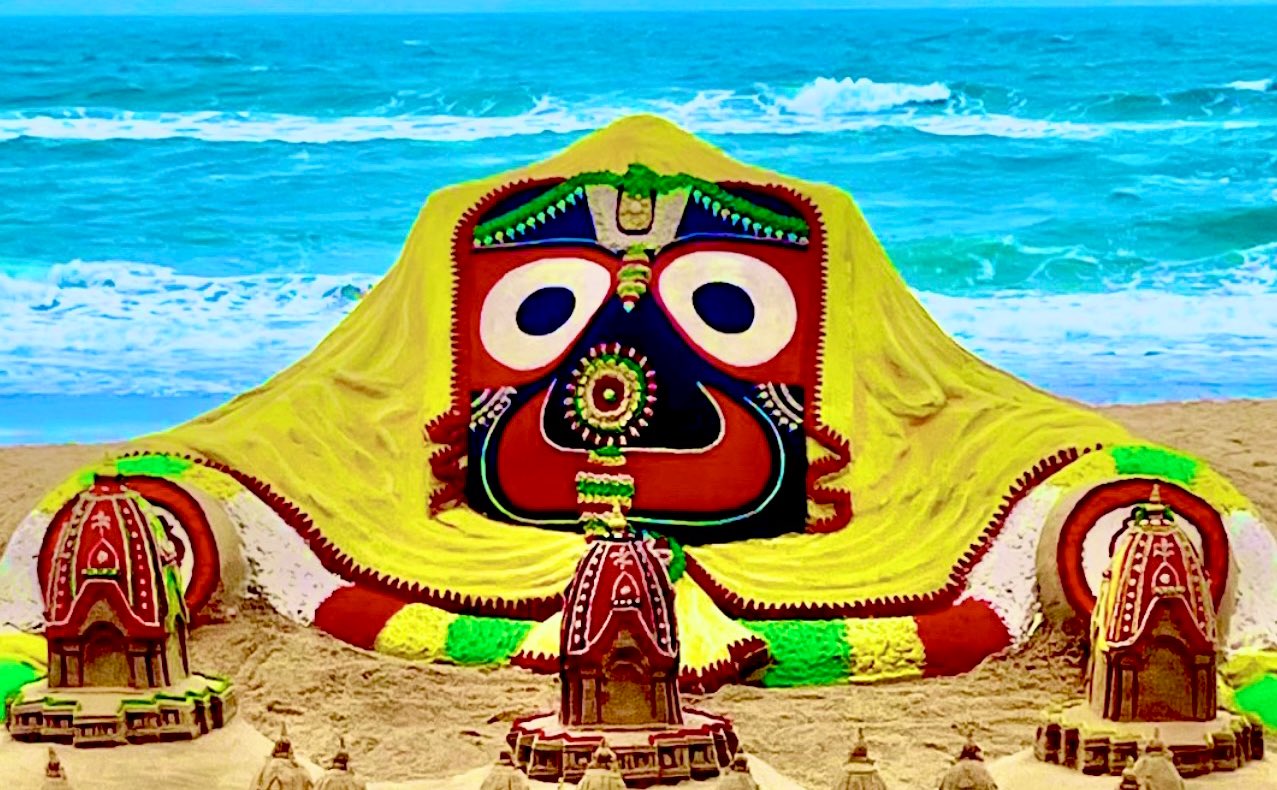The Jagannath Yatra started on July 1st this year.
This yatra begins on the dwitiya tithi (second day) of the shukla paksha (the fortnight of the waxing moon – which begins with the new moon night -amavasya – and ends with the full moon night – poornima) in the Ashaadh month of the Indian calendar.
Ashaadh is the month of monsoons. In the Indian calendar, four months (chaumasa) is identified as the period of rains. These months are – Ashaadh, Shraavan (saaavan), Bhadra (bhadon), Ashwin, Kartik – when the rains end.
During the yatra, the deities of Bhagwan Jagannath, his brother Balabhadra, and sister Subhadra are taken in chariots from the main temple to the Gundicha temple, where they reside for a while before being brought back and re-established in their own temple.
The chariots have their own special names.
Devi Subhadra’s chariot is called Darpadalana, Lord Balabhadra’s chariot is called Taladhwaja, while Lord Jagannatha’s chariot is called Nandighosh.
This year, the yatra will conclude on July 12th.
The Chief Minister of Odisha, Shri Naveen Pattnaik, also participated in the Rath Yatra and symbolically pulled the chariots of the gods.
The king of Odisha also sweeps the Lord’s ratha before the yatra begins as a ceremonial ritual.
Devotees have recreated the yatra in other parts of the country and the world.
The famous sand artist of Puri, Shri Sudarsan Pattnaik, has created some special sand art to mark the occasion. We feature it below.
All images from Twitter. Credits mentioned where available.












